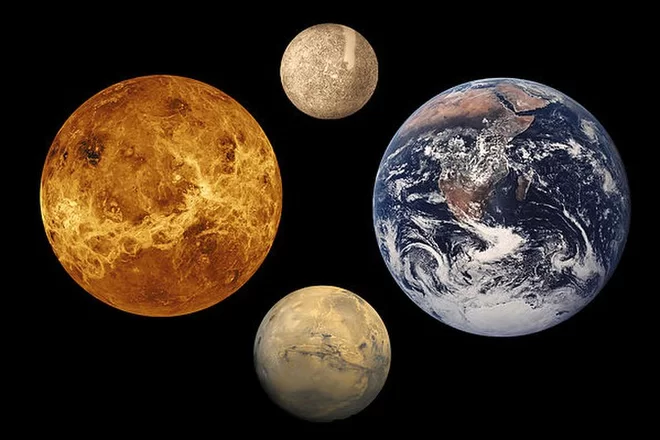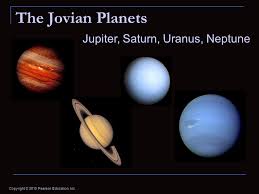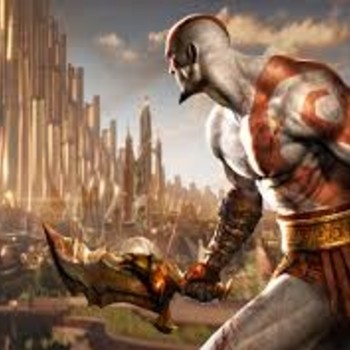In what ways are Terrestrial planets different from Jovian planets?
1 Answer
Terrestrial Planets: Solid surfaces, slower rotation, less dense metal cores
Jovian Planets: Non-solid surfaces, faster rotation, much denser hydrogen + metal cores
Explanation:
Terrestrial Planets: Coming from the Latin word "terra", meaning "land," the terrestrial planets are Mercury, Venus, Earth and Mars.

https://www.space.com/17028-terrestrial-planets.html
All the terrestrial planets are closer to the sun then the jovial planets, and the terrestrial planets are also all smaller. In addition, terrestrial planets rotate slower, lack rings and have less moons. The main atmosphere of terrestrial planets is a gaseous mix of carbon dioxide and nitrogen gases, and all terrestrial planets have rocky surfaces. The cores of of terrestrial planets are mainly dense iron with silicate, and although jovian planets have denser cores, terrestrial planets overall are more dense.
Jovian Planets: The jovian planets, so named because of their resemblance to Jupiter, are composed of the rest of the planets in the solar system (except Pluto), so Jupiter, Saturn, Neptune and Uranus.

http://slideplayer.com/slide/6934518/
They are opposite to terrestrial planets in many ways. Jovian planets are larger, further from the sun, rotate faster, have more moons, have more rings, are less dense overall and have denser cores than terrestrial planets. Jovian planets also have gaseous atmospheres, with the main gases being hydrogen and helium. Jovian planet cores are also expected to consist of rock, metal and hydrogen.
I hope I helped!
https://amazing-space.stsci.edu/uploads/pdf/name/19/lp_jovian_planets.pdf
http://www.differencebetween.net/science/difference-between-terrestrial-and-jovian-planets/
https://sciencing.com/similarities-between-terrestrial-jovian-planets-8574781.html

